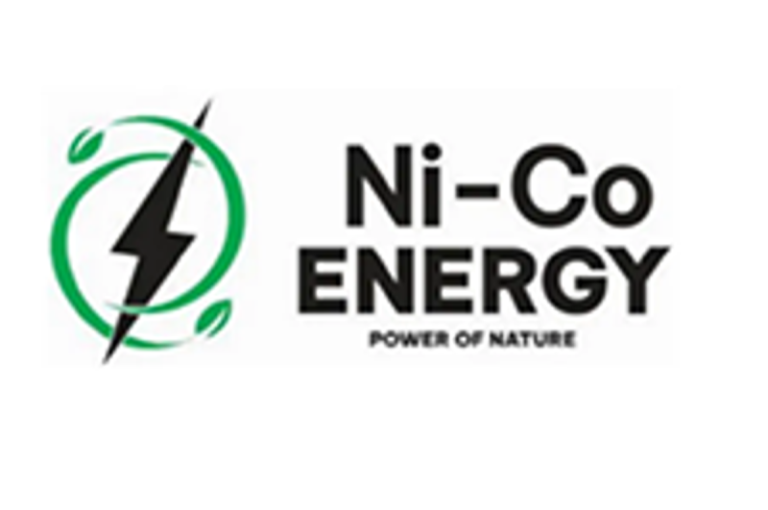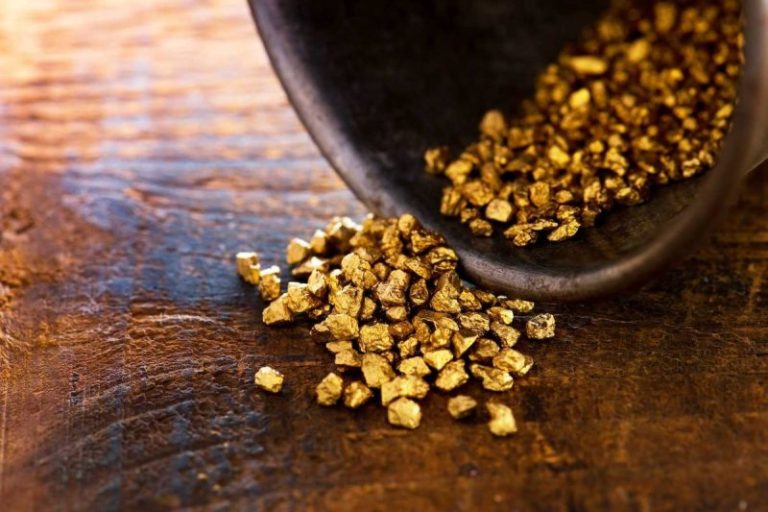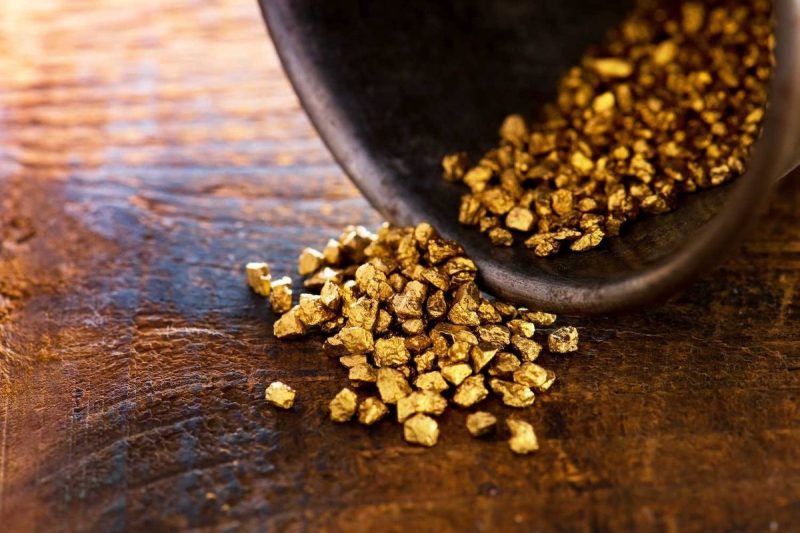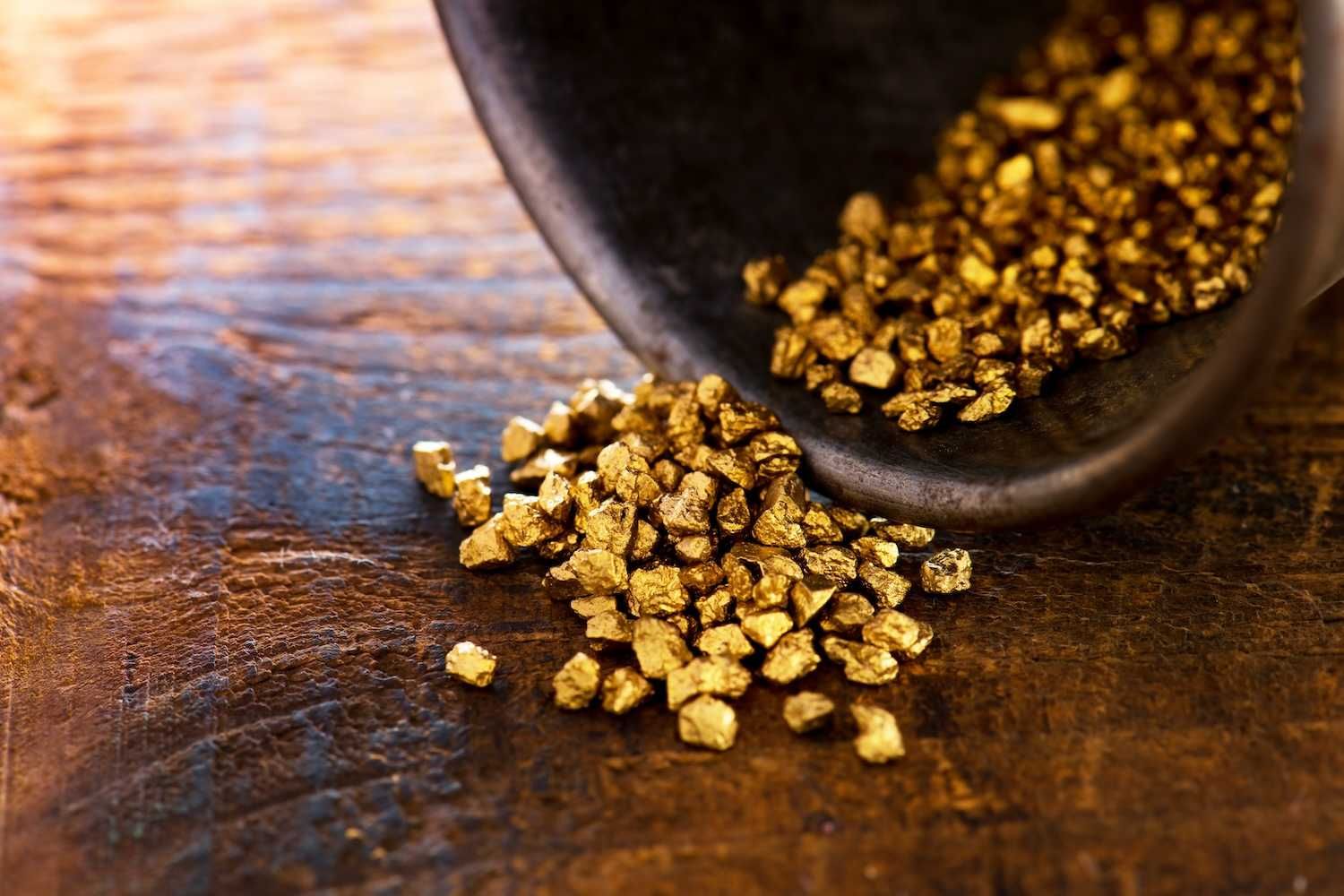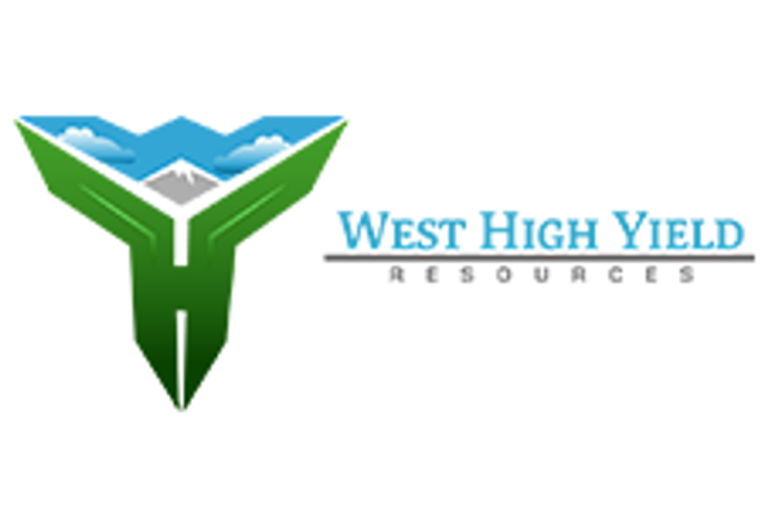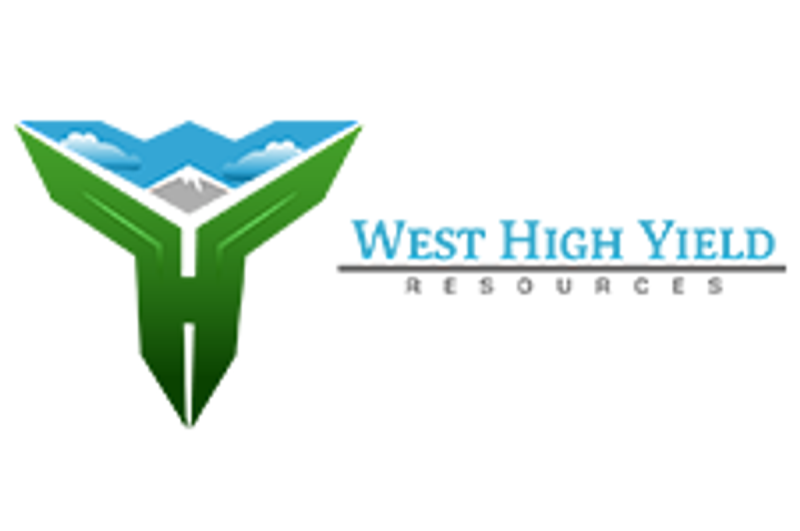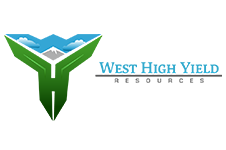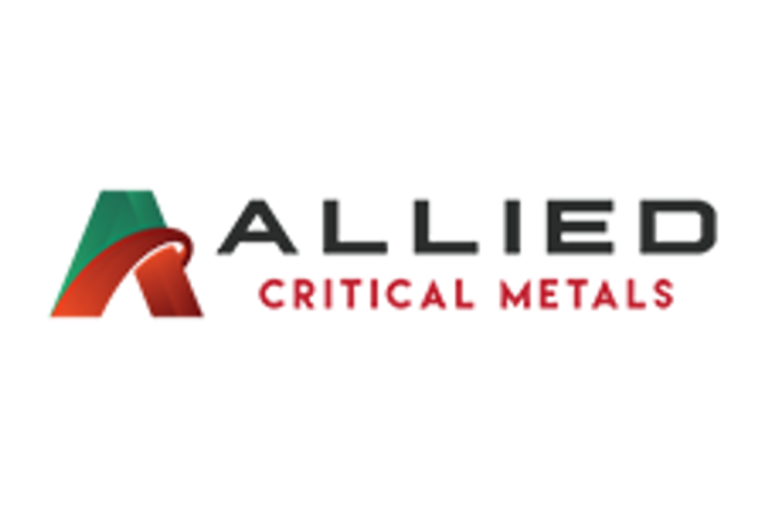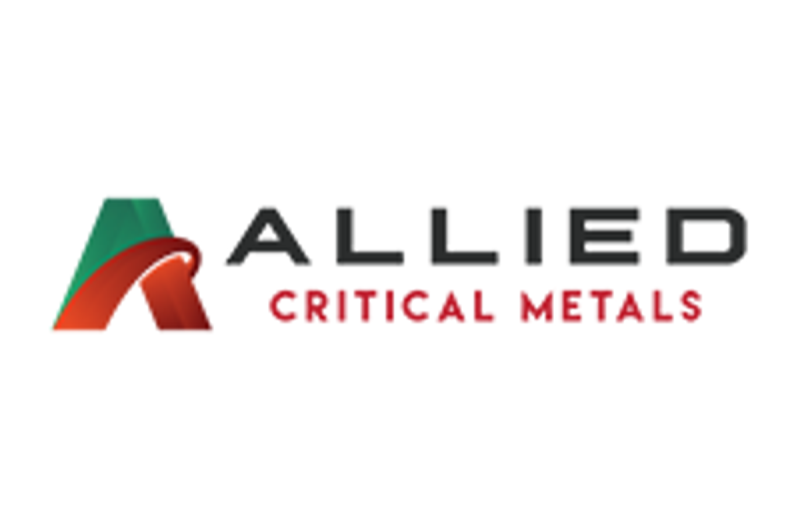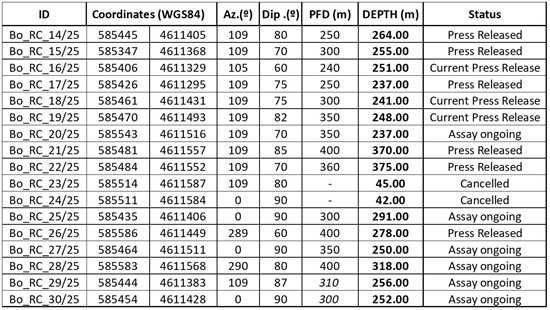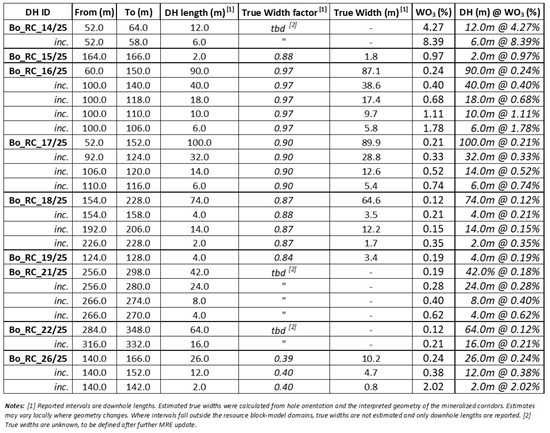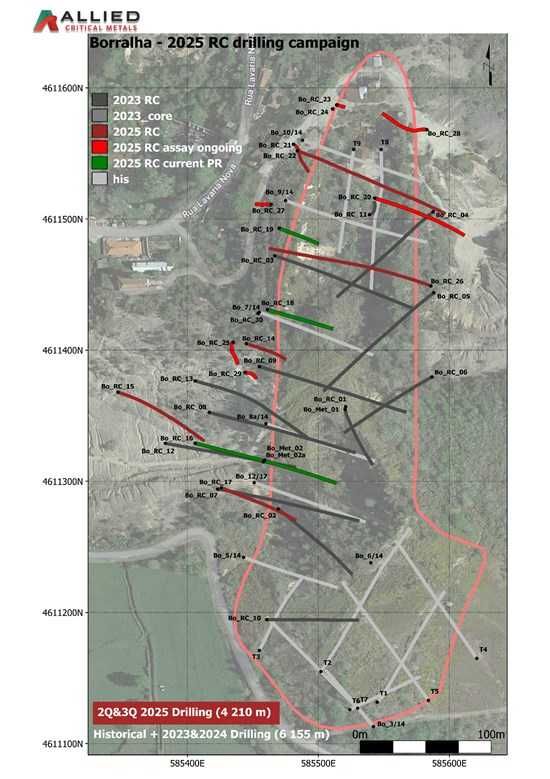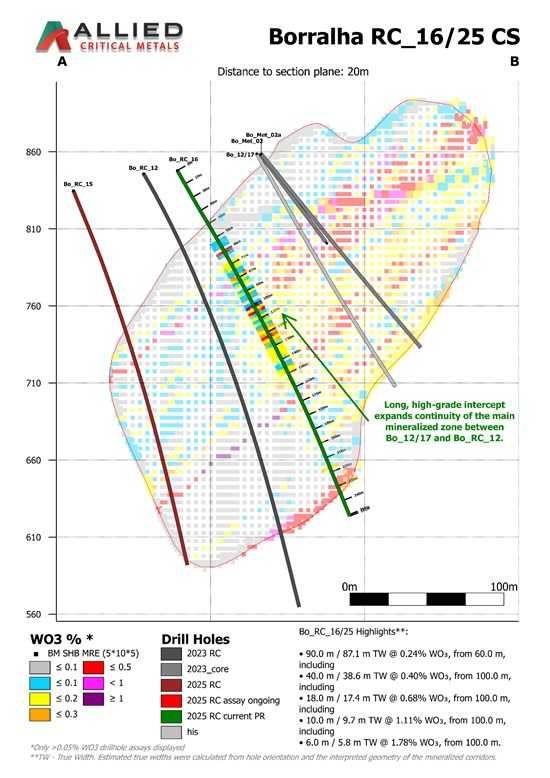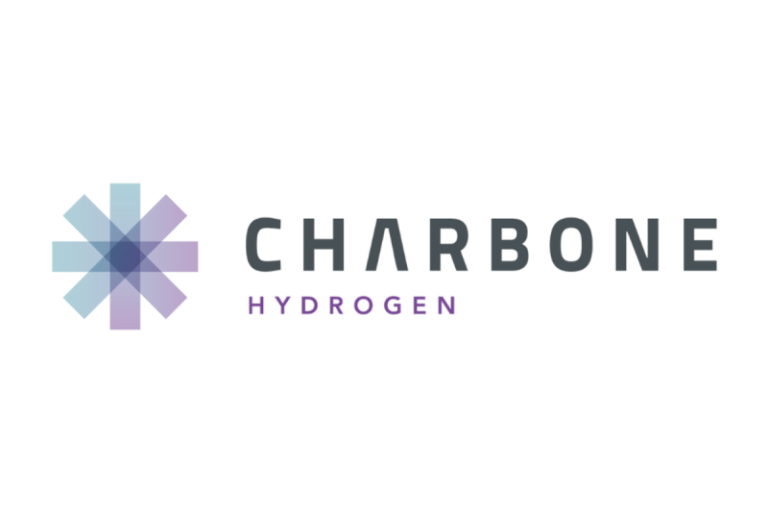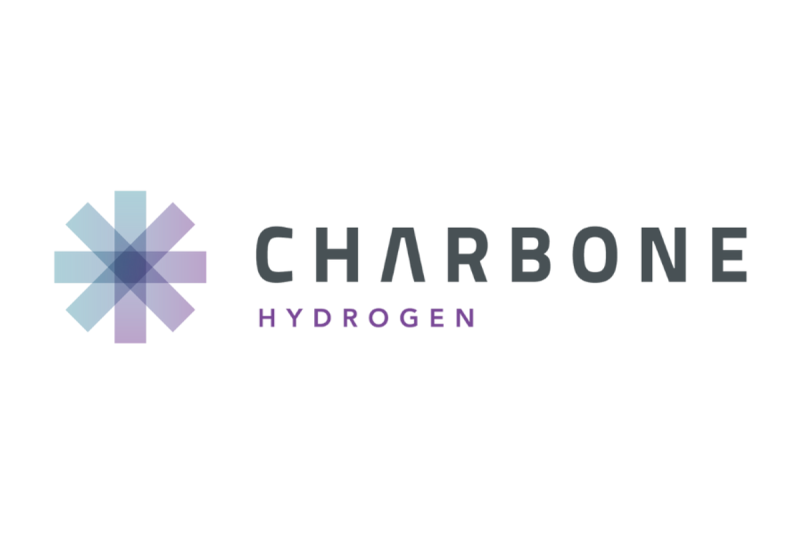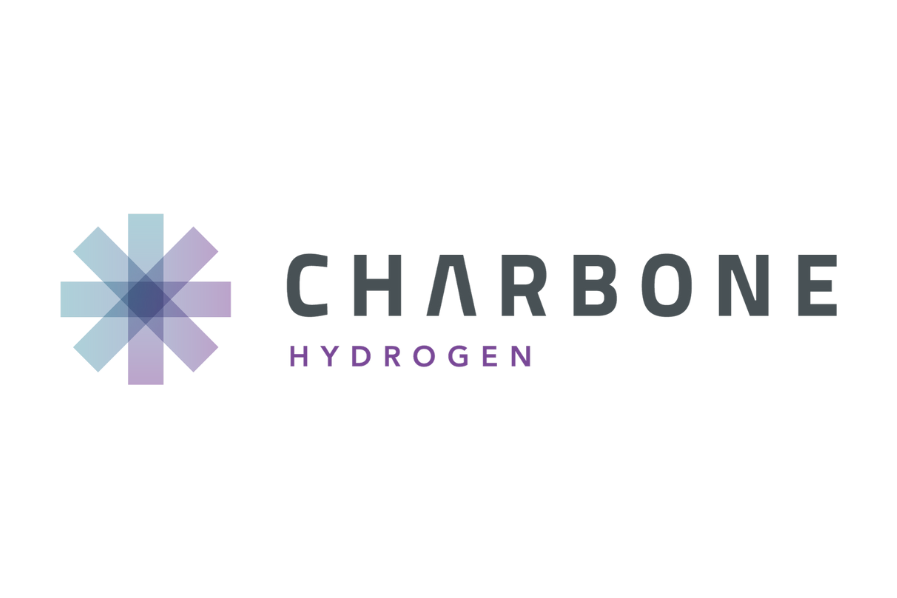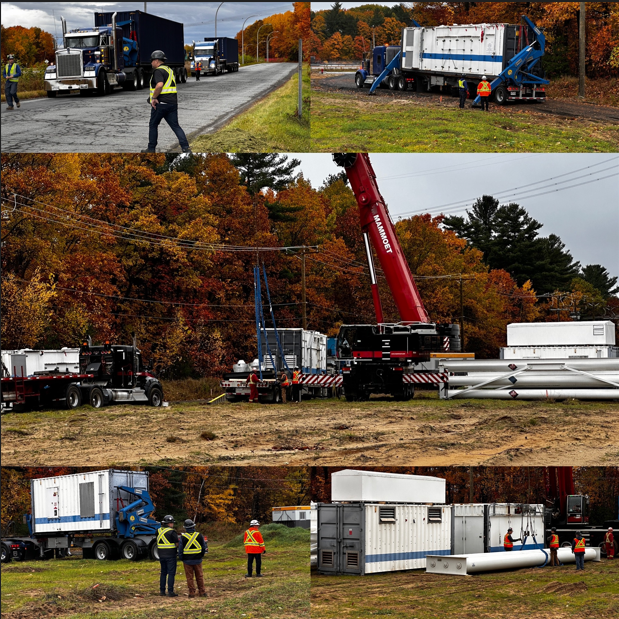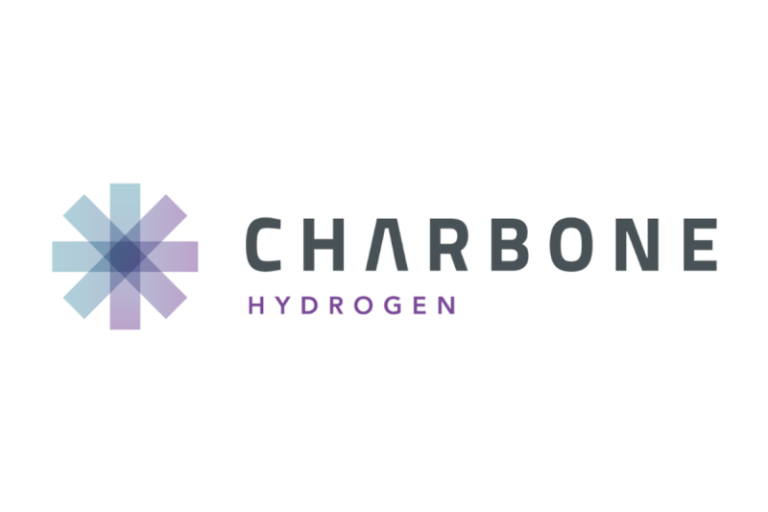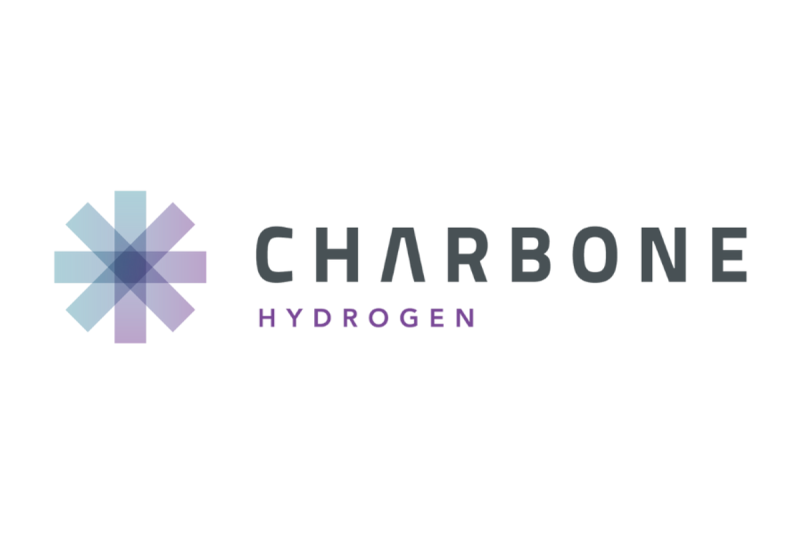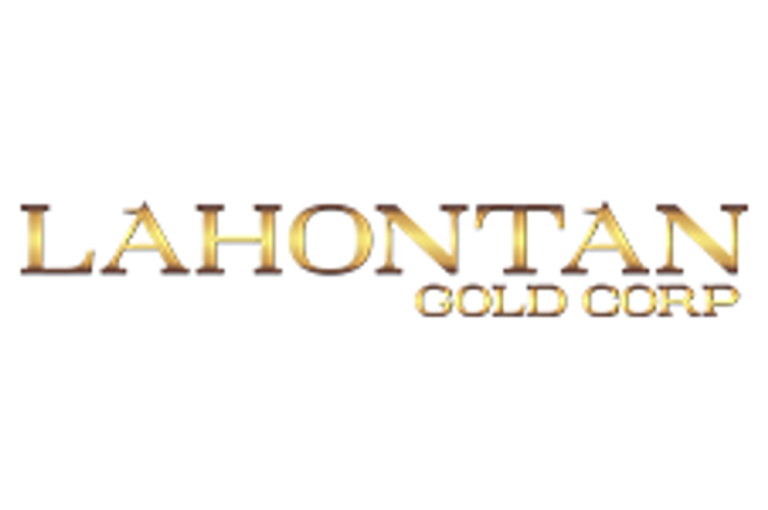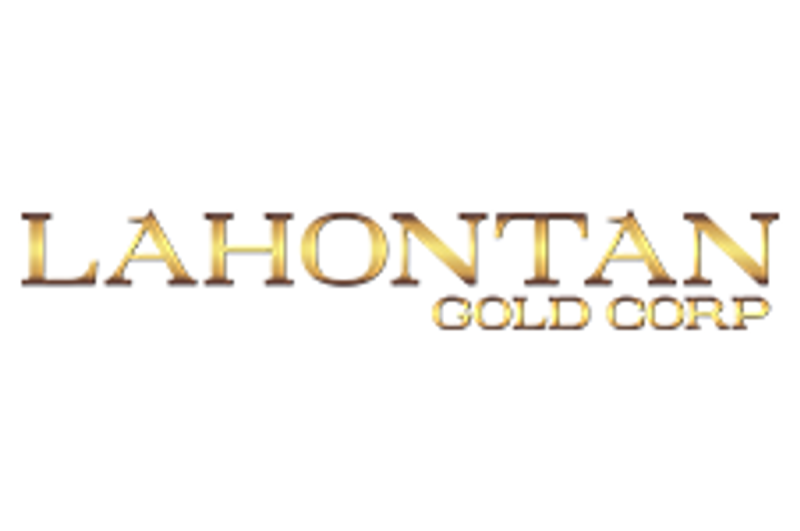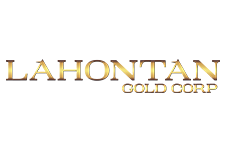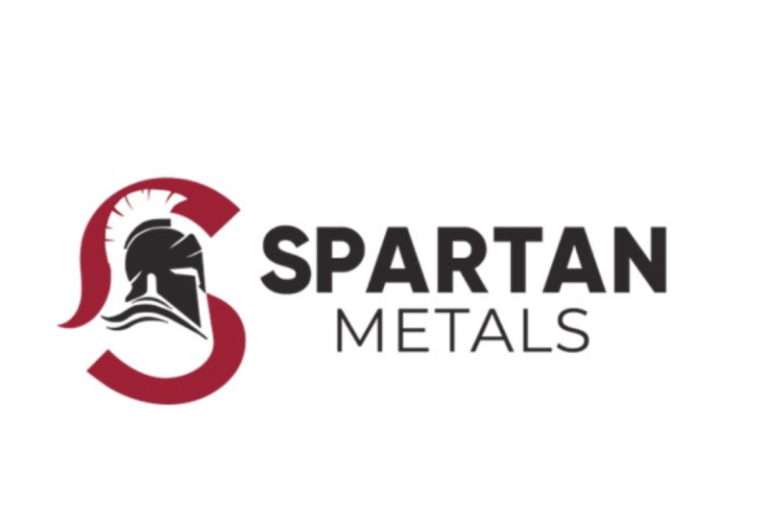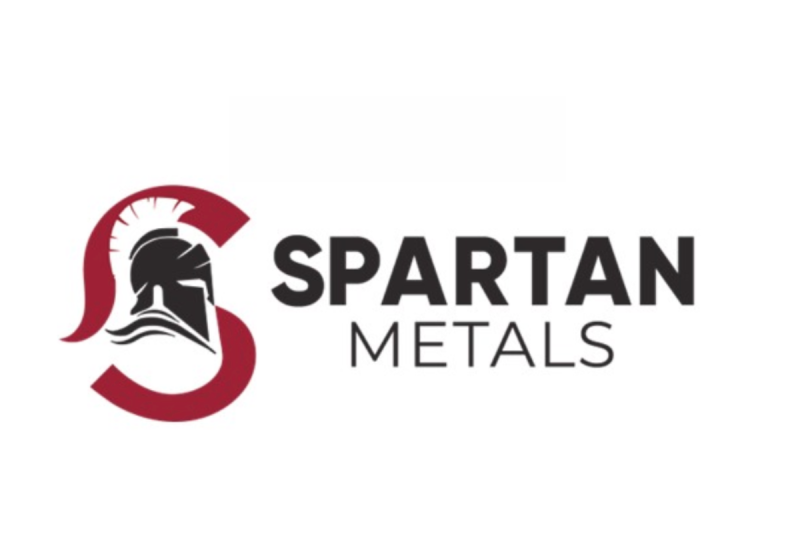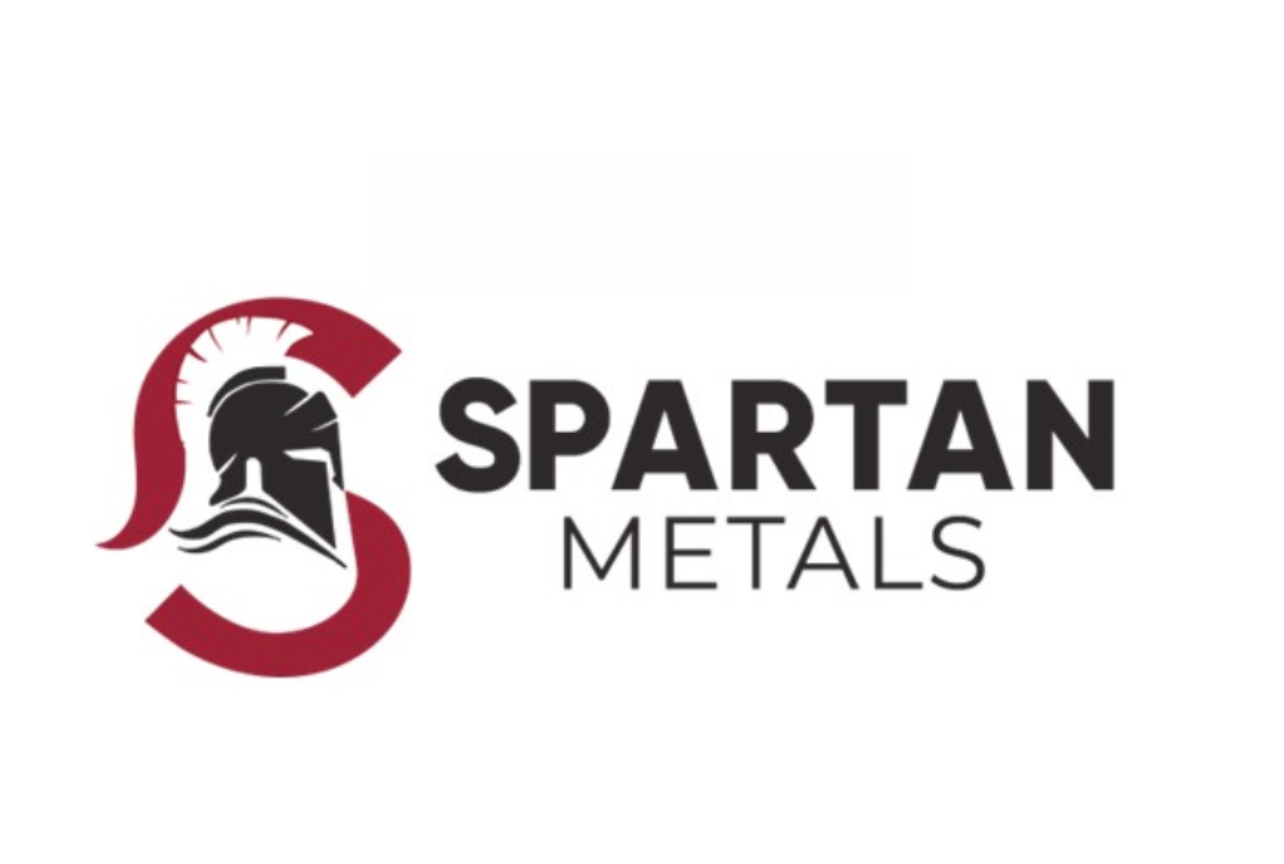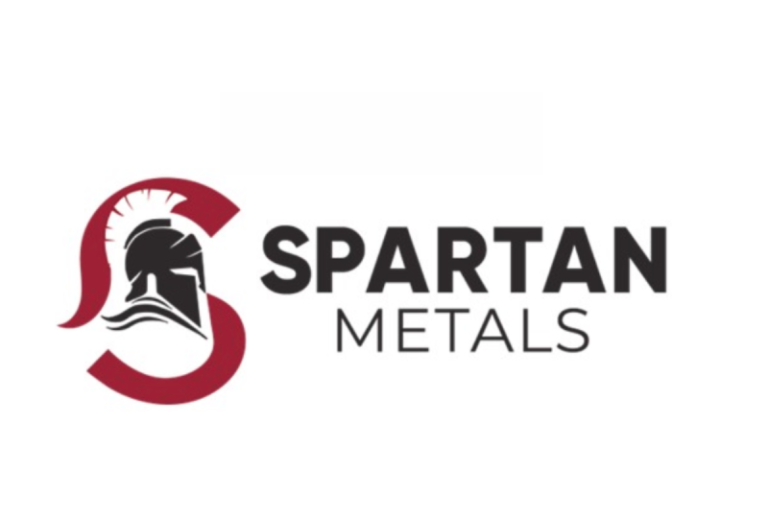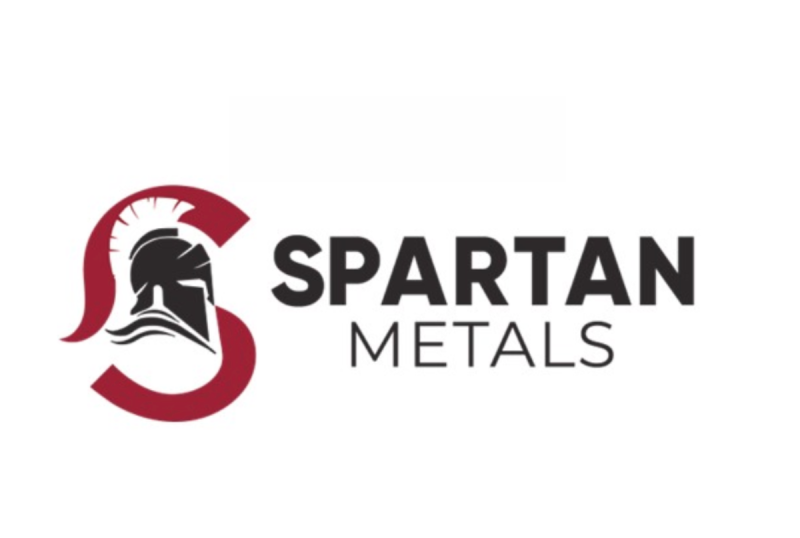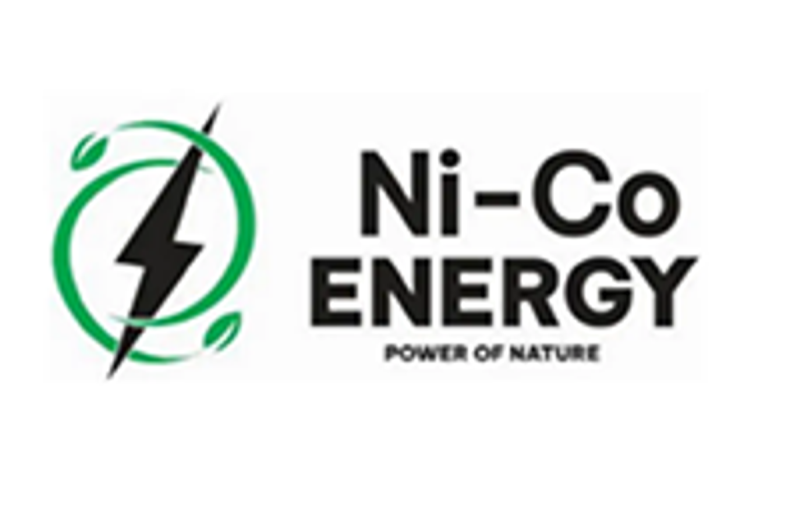
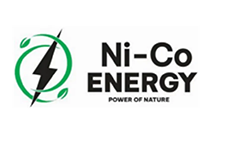
Investor Insight
Ni-Co Energy offers investors exposure to high-demand critical minerals through a strategically located, 100 percent owned nickel-copper-cobalt project in Quebec, with strong early-stage drill results, exceptional infrastructure access, and a clear path to discovery in a geopolitically stable jurisdiction.
Overview
Founded in 2023, Ni-Co Energy is a Canadian mineral exploration company focused on the discovery and development of critical metals, with a particular emphasis on nickel, copper and cobalt. Headquartered in Gatineau, Quebec, the company is actively exploring within the Grenville geological province — a region historically underexplored but considered highly prospective for mineral-rich systems.

Ni-Co Energy’s strategy is rooted in the growing global demand for clean energy technologies, which are placing unprecedented pressure on the supply of battery and electrification metals. Nickel is a core component of high-energy-density battery chemistries used in electric vehicles (EV); copper is vital for electrical transmission, grid expansion and renewable power infrastructure; and cobalt enhances battery stability and longevity. As economies push toward net-zero targets and EV adoption scales globally, secure, ethical and local supply chains for these metals have become a geopolitical and economic priority.
Ni-Co Energy’s focus on magmatic massive sulfide style deposits is one of its unique value propositions. These deposits are among the most economically significant sources of base metals worldwide. The systems are known for forming high-grade, multi-metallic ore bodies containing copper, zinc, lead, gold, silver and, crucially for Ni-Co Energy’s portfolio, nickel and cobalt. These types of deposits tend to occur in clusters and can support scalable, long-life mining operations with strong by-product credits, enhancing overall project economics. Discovering and advancing a deposit gives Ni-Co Energy a competitive edge in tapping into premium metal markets where supply is tightening.

With a clear focus on modern geophysical tools and systematic exploration, Ni-Co Energy is positioning itself to become a key player in the Canadian critical minerals sector — delivering value not only through discovery, but by aligning with the broader shift toward decarbonization and supply chain resilience.
Company Highlights
- Ni-Co Energy targets high-demand metals essential to the energy transition: nickel, copper and cobalt, with applications in EV batteries, energy storage and electrification infrastructure.
- The flagship Kremer project is a 100 owned, 15,375-hectare property located 90 km to the north from downtown Montreal (but 15 km away from the nearest town) in the highly prospective Grenville Geological Province in Quebec.
- Airborne and ground EM surveys revealed an 8-kilometer-long EM conductor corridor, with overlapping gravity and MAG anomalies, and multiple surface showings.
- The project is road-accessible year-round via Route 347 and forestry roads, with power lines nearby and proximity to regional mining services.
- A two-phase, C$2 million exploration program planned for 2025, including an 8000-meter drilling campaign along with borehole TDEM focused on high-priority geophysical and geochemical targets.
Key Project
Kremer Project
The 100 percent owned Kremer project is Ni-Co Energy’s flagship exploration asset and a prime example of the company’s focus on uncovering critical mineral resources within geologically favorable but underexplored regions. Located approximately 90 kilometers from downtown Montreal and about 15 km northwest of Saint-Côme, the Kremer property enjoys excellent accessibility and infrastructure — a significant advantage for an early-stage exploration project.

The project comprises 233 mining claims covering 15,375 hectares, within the Grenville geological province, an area known for its potential to host nickel-copper-cobalt magmatic sulfide systems, particularly along the margins of a large anorthosite intrusion. The property benefits from its proximity to paved highways, well-maintained logging roads, powerlines and skilled labor pools. These logistical advantages significantly reduce exploration costs and timelines while positioning the project favorably for future development and potential production scenarios.
Geological Characteristics and Exploration History
The property is underlain primarily by paragneiss rocks of the Grenville province and lies near the Morin Anorthosite Complex, a large intrusive body known to host iron-titanium-vanadium and nickel-copper-cobalt mineralization. Historical grab samples from around the “Lac à la Mélasse” area have returned values up to 3,547 parts per million (ppm) nickel, 1,107 ppm copper, and 924 ppm cobalt, supporting the district’s critical mineral potential
In 2021 and 2022, Ni-Co Energy completed airborne magnetic and time-domain electromagnetic (TDEM) surveys, covering 1,659 line-kilometers. These surveys identified numerous EM conductors, particularly concentrated in the northwestern sector of the property. A ground gravity survey conducted in 2024 detected multiple weak to moderate positive anomalies, suggesting the presence of sulfide-rich bodies or lenses that could host nickel-copper-cobalt mineralization.

The company’s 2023 maiden diamond drilling campaign included 22 drill holes totaling 4,201 meters. Of these, a significant proportion intersected massive (>50 percent) and semi-massive (<50 percent) sulfide mineralization. Highlights include:
- DDH 20-2023: 1.73 percent nickel, 0.85 percent copper over 2.95 meters
- DDH 04-2023: 1.58 percent nickel, 0.42 percent copper over 2.70 meters
- DDH 21-2023: 1.46 percent nickel, 0.71 percent copper over 1.80 meters
Advancements and Future Prospects
In 2024, Ni-Co Energy deployed a suite of advanced geophysical tools, including drone-based magnetics, ground gravimetric surveys, and borehole TDEM, to sharpen its geological targeting. These efforts identified two major mineralized zones:
Northwest Zone: This drilled zone features continuous surface mineralization extending over 700 meters, exposed every 25 to 50 meters, with blown trenching done at two places up to 1 meter deep to verify mineral continuity.
Southeast Zone: A newly uncovered area approximately 7 km from the current drilling site, exhibiting fresh nickel-copper-cobalt mineralization indices and offering substantial exploration upside.
Ground EM, MAG and gravity surveys are overlapping in the central 3-km long zone. This highly prospective area is believed to host a mafic intrusion buried at shallow depth and will be drill tested during the 2025 program. Ni-Co Energy also intends to do some step-out drilling in the already drilled northwest zone to confirm mineralization extent.


With infrastructure in place and geophysical indicators pointing to scale, the Kremer project offers a compelling combination of accessibility, geological potential and alignment with critical mineral supply priorities.
For 2025, Ni-Co Energy plans to implement a two-phase exploration program with a combined budget of over C$2 million. The programs includes follow-up drilling based on overlapping structural, geophysical, and geochemical anomalies
Management Team
Alain Tremblay – Founder, President and CEO
Alain Tremblay is a seasoned entrepreneur and mining exploration leader. With 30 years of experience as a professional pilot, he has combined his aviation expertise with his passion for resource exploration. As the founder of Prospectair Geosurveys, he provided airborne geophysical survey services to the mining sector for over 20 years. Notably, he was instrumental in the discovery of a major graphite deposit in the Grenville geological province of southern Québec. His leadership and innovative approach have been pivotal in advancing resource exploration and development across Canada.
Marc Boivin – VP Exploration
Marc Boivin is a geologist specialized in exploration geophysics. He has been operating his own consulting firm, MB Geosolutions, since 2006. Previously, he was chief geophysicist at SOQUEM for 14 years. He received his BSc in Geology at UQAM in 1983 and pursued postgraduate studies in applied geophysics at the Ecole Polytechnique de Montréal (1984-1985). With over 40 years of experience, he has developed considerable expertise in mining exploration and applied geophysics, working in a broad range of geological environments in many locations in Canada, the US, Africa, Australia and Central America.
Nicolas Tremblay – VP, IR and Corporate Development
Nicolas Tremblay is a retired IT manager and a seasoned investor with a strong background in business and technology. A graduate of the University of Ottawa (Business Admin) and Université du Québec à Hull (IT), he spent 31 years in the public sector, leading an IT group at Environment and Climate Change Canada. Over the last decade, he has been engaged in the mining exploration industry, serving as a board member for a company that developed a significant graphite discovery. With more than 30 years of stock market experience, he combines technical acumen with strategic investment expertise.
Isabelle Gauthier – CFO
Isabelle Gauthier has over 25 years of proven experience and expertise across all financial and business functions. She holds a B.A. in Administration from Université du Québec à Montréal (UQAM) and has been a member of the Ordre des Comptables professionnels agréés du Québec since 1998. She was a senior manager at the firm Raymond Chabot Grant Thornton for which she worked as an auditor from 1996 to 2006. She has developed an expertise in public companies primarily in the mining sector.

